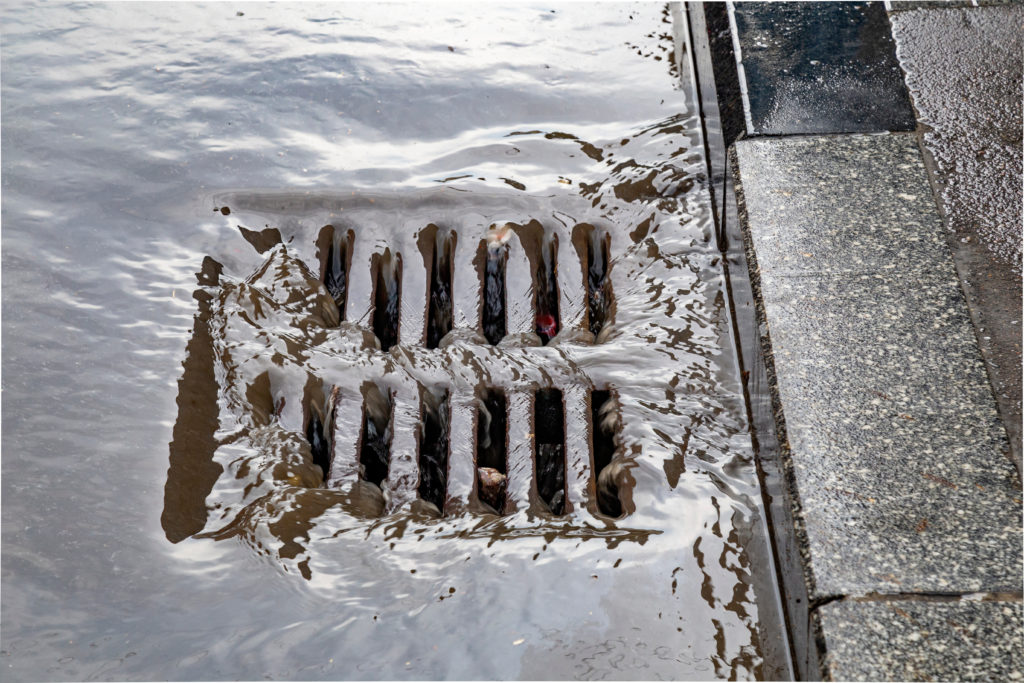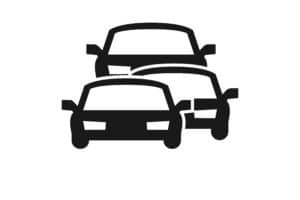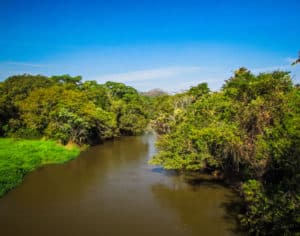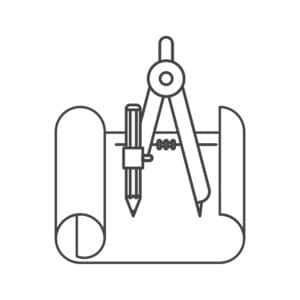A storm drain is a structure that collects stormwater runoff as part of a stormwater storm sewer system. It is the combination of a grate (the part you would see along the surface of the ground, road, or parking area) and the concrete or plastic container (the part that is under the ground) where conveyance pipes would enter or exit the structure.
Stormwater runoff drains into one of these structures before being conveyed through a pipe either to another storm drain or to a flared end section or endwall.
The Types Storm Drains
There are a couple of types of storm drains available to use in a land development project.
1) Grate inlets – These drains have at the surface only the grate and are used at the end of drainage swales or at low points within open space or grass areas.
2) Combination inlets – These drains have at the surface both a grate and an extra drainage opening at the area of a proposed curb. These types of inlets are used where there are proposed curbs such as along roads and parking areas.
Common Areas to Place Storm Drains
In the design a new land development project, storm drains have to be placed in certain places.
They should be placed at all low points of proposed graded areas and curbed roads. They are located at the most downstream point in drainage swales with additional inlets possibly being required at other points within the swales to ensure that the swales meet capacity requirements.
Storm drains might be required at storm sewer junction points or at areas where a connection to building roof drains could be required. Additional storm drains might also be required in parking areas or along curbs in order to minimize or prevent excessive spread of stormwater runoff into parking areas or into travel lanes during a rainfall event.
How to Design Storm Drains
The following are the main steps involved in the design of storm drains.
1) Research local ordinances to determine any design regulations related to storm drains.
2) Determine the locations required for storm drains.
3) Delineate the drainage areas for each storm drain.
4) Prepare hydrology calculations to determine stormwater flow rates for the storm drains.
5) Prepare flow spread calculations to determine the amount of water that would back up and over the inlet during the design storm event.
6) Determine the inverts of entering and exiting storm sewer pipe and determine the required depths for the storm drains.
An Important Part of the Storm Sewer Design
In conjunction with the storm sewer pipe calculations, storm drains are an important part of the overall storm sewer design. The proper design of a storm sewer pipe design is dependent upon the proper layout and design of the associated storm drains.
Related: Storm Drainage System Design (A Guide for the Non-Professional)



